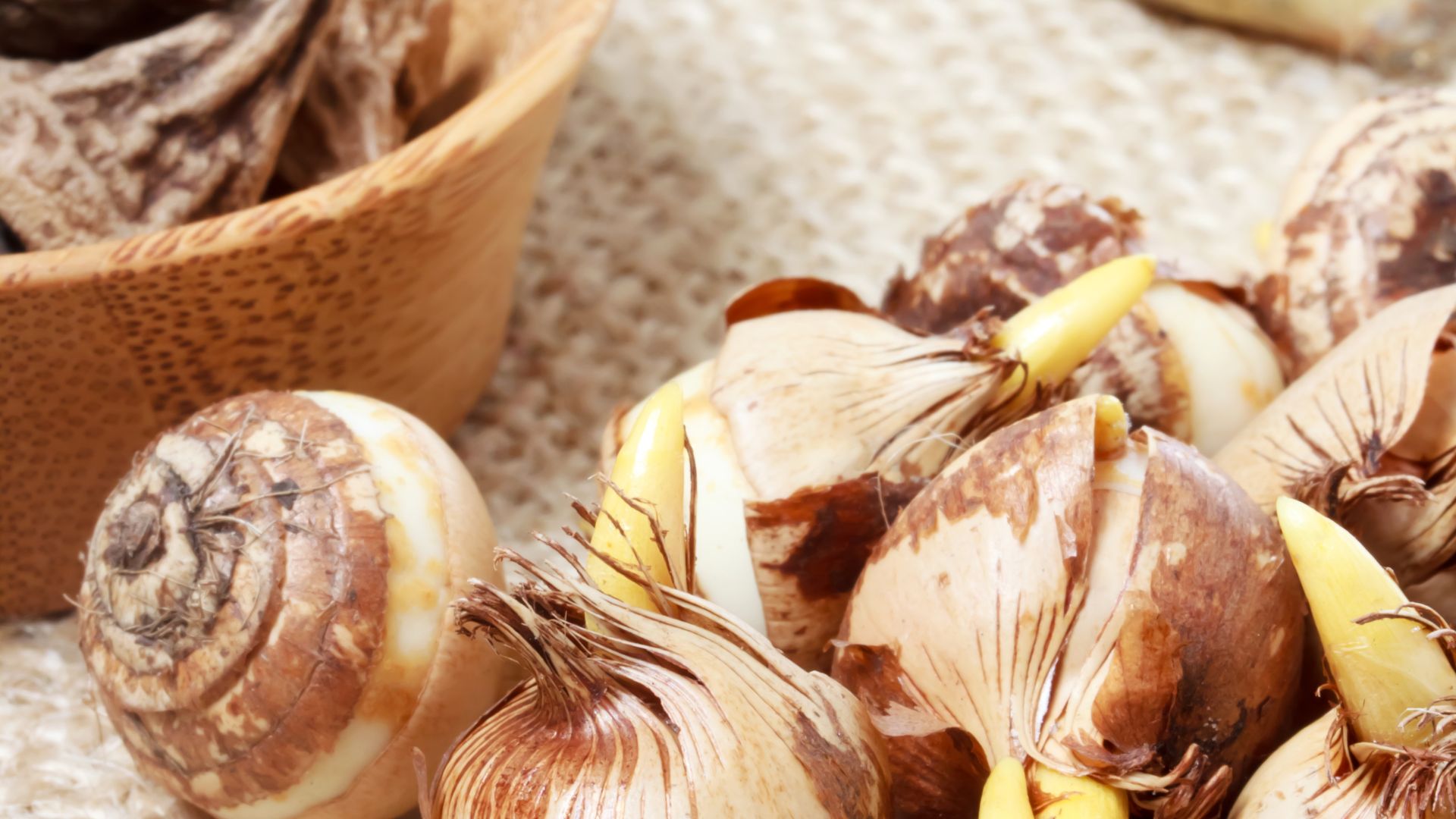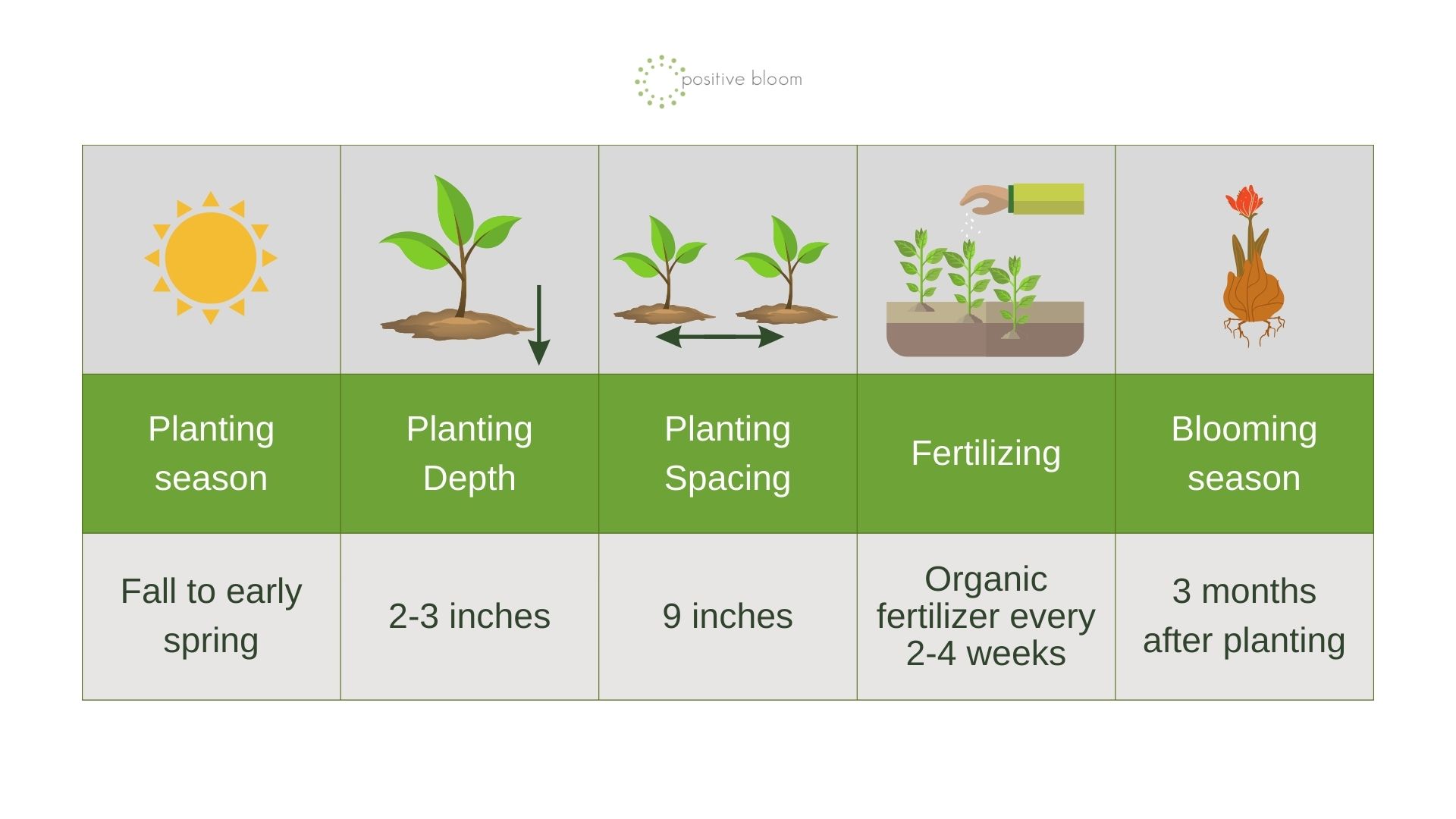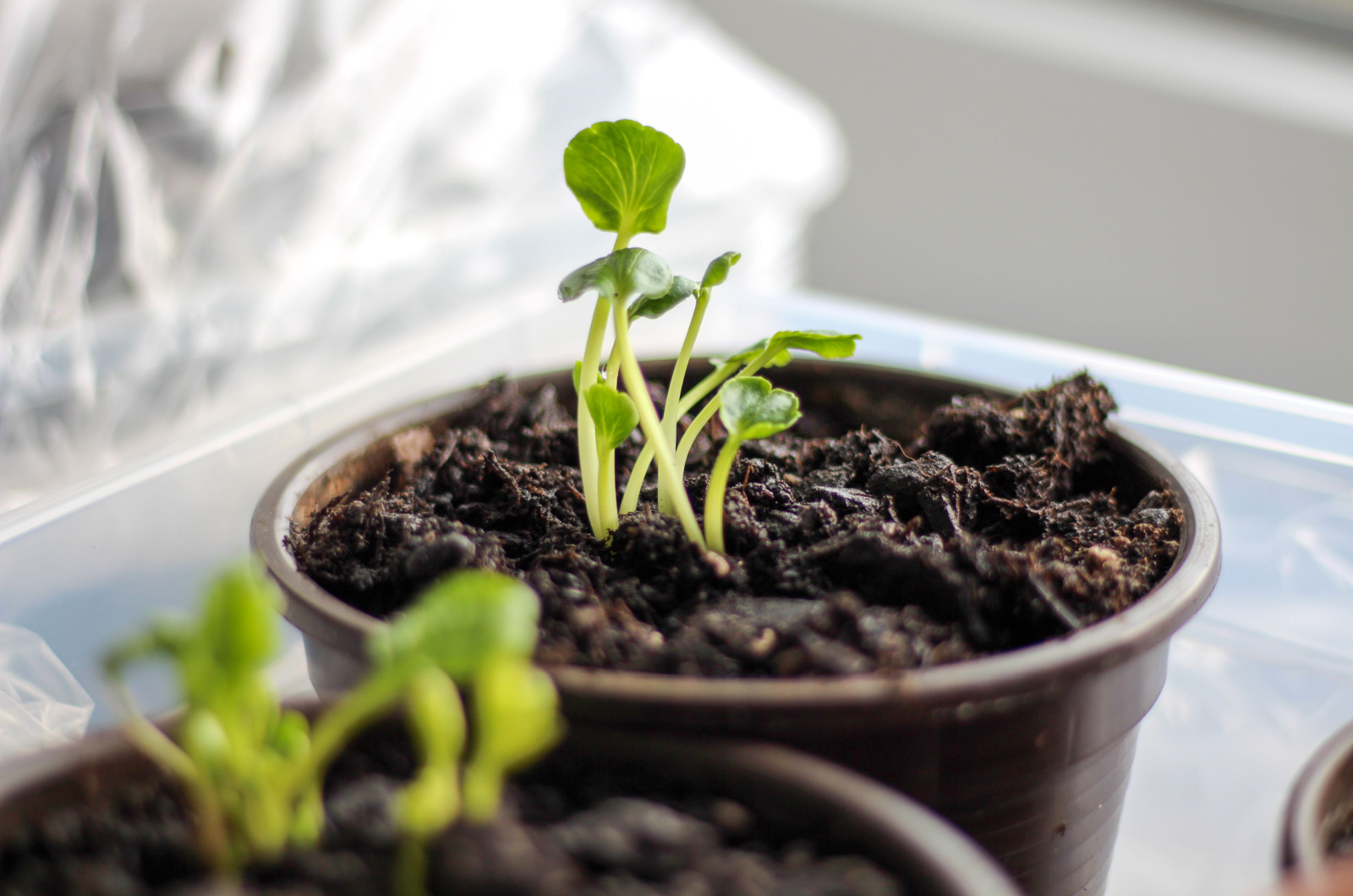Ranunculus plants are from the buttercup family, although gardeners commonly refer to specific varieties – Persian buttercups – as ranunculus.
They bloom in spring and summer and bring a variety of colors to your garden.
Unfortunately, these bulbs are difficult to plant and grow, much more so than other bulbs in any case. They don’t do well in frost or heat.
Finally, they’re not even bulbs. Gardeners generally call them that, but they are actually small corms that look like tiny claws.
Now that we know something about ranunculus corms, let’s learn more about their planting preferences.
Let’s get started!
Planting Ranunculus Bulbs In Warmer Climates
If you live in USDA zones 8 and above, you’ll be glad to hear that ranunculus bulbs are hardy in these climates and can be planted in fall for spring color.
It is crucial to understand that these bulbs aren’t hardy and will rot if exposed to frost and temperatures lower than 25°F.
Therefore, if your climate doesn’t experience such temperatures, you can safely plant ranunculus in fall. However, if they sometimes do plunge below 25°F, consider starting them in spring once all danger of frost is gone.
Also, there are numerous ways of using a greenhouse in winter, and one thing you can do is restart your bulbs. Or you can use a polytunnel to protect them.
The good news is there are kits available online that include garden hoops and row covers. These are excellent for building a makeshift greenhouse and protecting your ranunculus corms from frost.
Even though it carries risks, fall and early winter ranunculus planting has its benefits.
The soil is cool and damp at this time of year, providing excellent growing conditions to your corms.
Fall planting allows these tiny bulbs to stay dormant and establish themselves before they have to start producing vegetative growth in spring, helping them to thrive afterwards.
And if that’s not enough, fall ranunculus planting will give you a pop of color in early spring, alongside your tulips and snowdrops.
Finally, make sure to plant these corms deep enough to protect them from frost. I’d recommend planting them about 3 inches deep instead of the 1-2 that is commonly advised.
Planting Ranunculus Bulbs In Colder Climates
If you live in USDA zones 7 or lower, you’ll have to wait until all danger of frost has passed before planting ranunculus corms.
It really depends on your region, but planting them in late winter under a polytunnel, or in early spring, is safe enough and will yield gorgeous results come summer.
However, I’d suggest waiting until the last spring frost has passed and the soil and weather are warm enough. It will make digging and planting a lot easier and will ensure your ranunculus corms have proper growing conditions.
That usually means waiting until March or April in some regions, but don’t let that dishearten you. You’ll have something to expect in summer.
But if you don’t want to wait for the ground to thaw and the weather to warm up, you can start your ranunculus corms indoors or in a greenhouse.
Plant them in an unheated greenhouse, cold frame, or a cool location in your home so that you don’t wake them up from dormancy too soon. Just make sure to protect them from frost without warming them too much, and you’ll be good to go.
Spring planters and window boxes are also a great location for starting ranunculus corms. And they’re easy to move outdoors once the temperatures rise.
Or you can simply plant the ranunculus in containers in late fall or early winter, overwinter them indoors, and take them outside when the weather permits it.
Soaking Them Before Planting
It is beneficial to soak and pre-sprout your ranunculus corms about 2 weeks before planting them. Put them in lukewarm water for about 3-4 hours, changing the water every hour to avoid bacteria growing in it.
After soaking, you can get on to pre-sprouting the corms to encourage them to bloom up to 3 weeks earlier.
You can do this by filling a shallow tray that doesn’t have drainage holes with a damp seed-starting mix, placing the ranunculus corms with the finger claws downwards, and sprinkling them with more soil.
Keep the tray in a dark and cool spot, keeping the mix slightly moist, and in two weeks’ time you can go ahead and plant the corms in your garden.
Here are some more tips that can help you out:
Blooming In The First Year
Ranunculus plants usually flower about 3 months after planting. However, the exact blooming time depends on the growing conditions the plant is in and whether you have soaked and pre-sprouted them.





